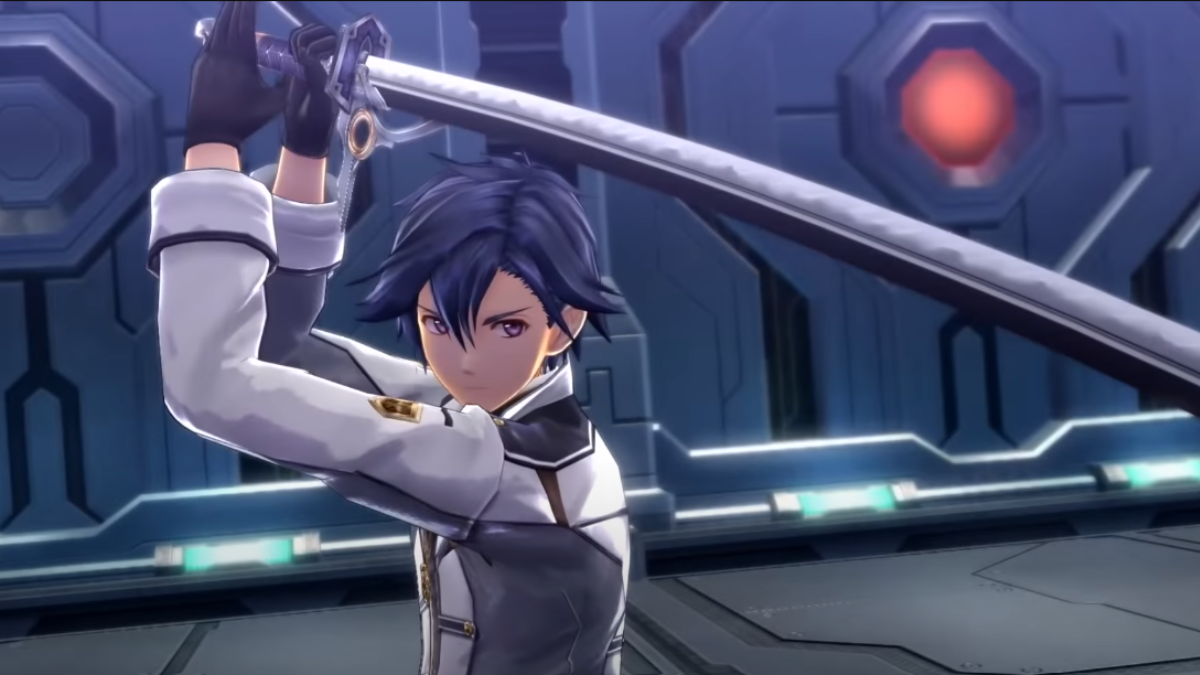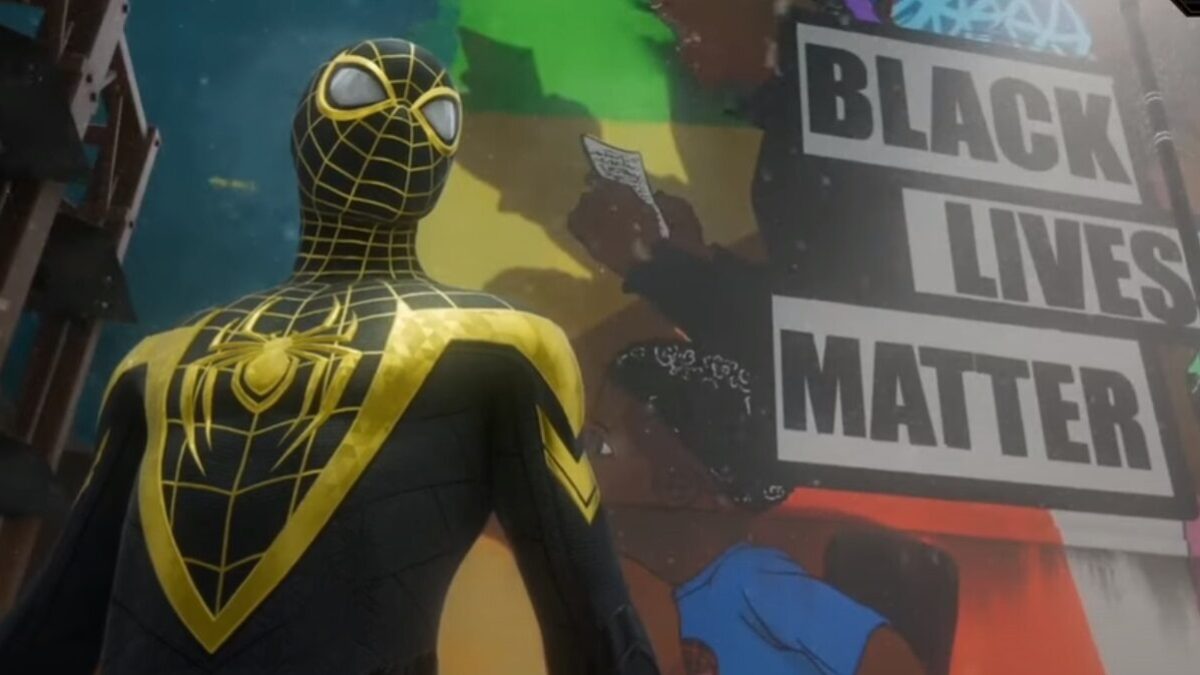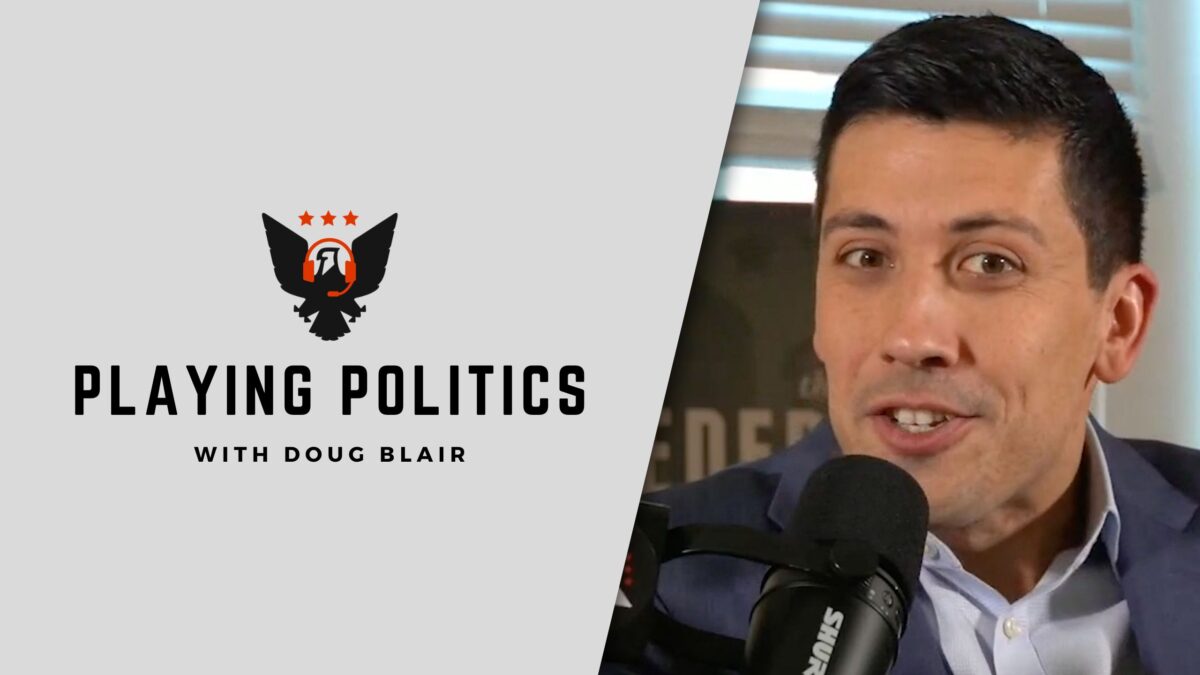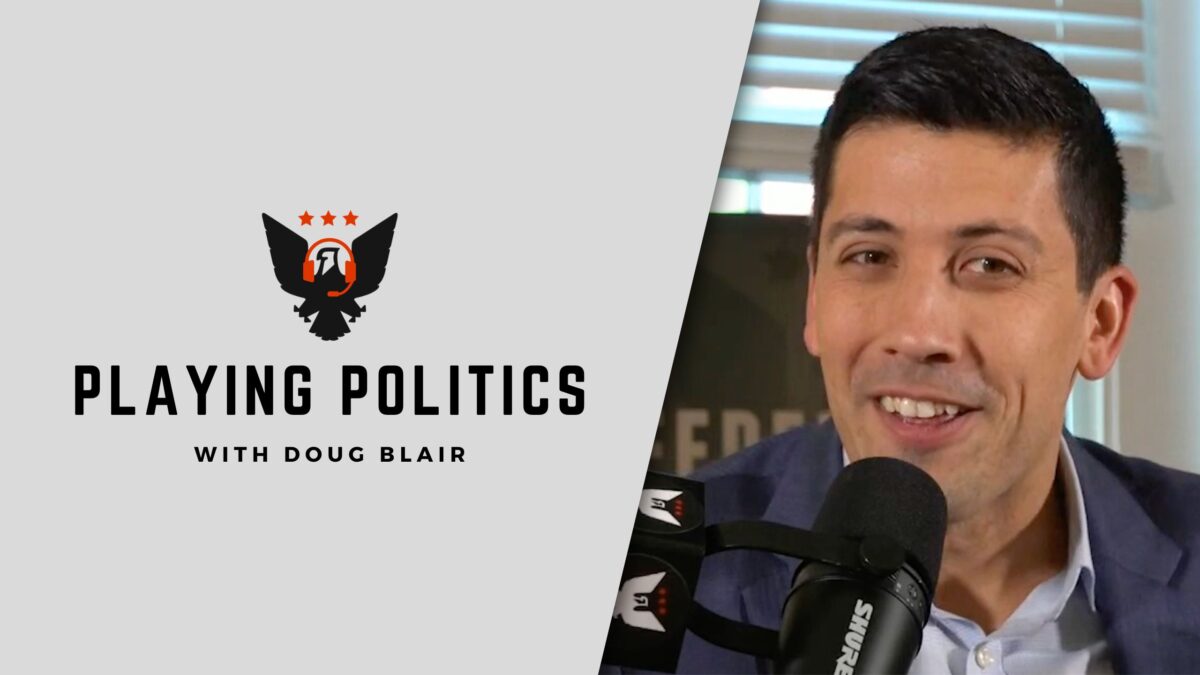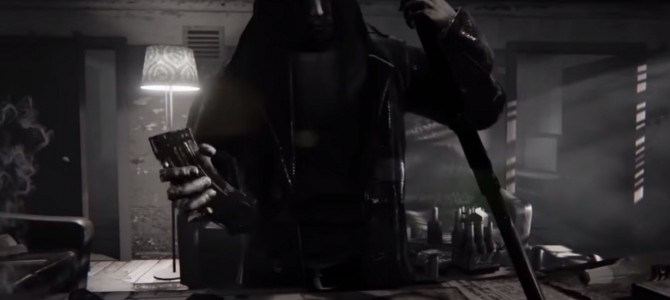
In October of last year, the Internet exploded with controversy over the announcement of the video game “Hatred.” Described by its own main character as the story of a “genocide crusade” in its announcement trailer, and featuring gruesome close-up execution animations as well as a chilling black-and-white aesthetic, the game seemed tailor-made to offend a video-games press obsessed with respectability and political correctness, to say nothing of the sort of humor-deprived, context-ignoring scolds who have recently turned gaming into an arena of controversy all over again.
Nevertheless, there was something fundamentally intriguing about the game. While the “Postal” franchise had already exhausted the premise of playing as a mass shooter, no one had bothered to revisit it, and certainly not with this apparent level of realism and gravity. “Postal,” at least, had an impish, tongue-in-cheek sense of humor that made distancing yourself from the game’s atrocities much easier to do—that is, if you weren’t already distanced enough by the primitive graphics the game and its sequel employed.
“Hatred,” with its despairing aesthetic, Marquis de Sade-esque philosophizing from its main character, and hyper-realistic depiction of its own atrocities, afforded no such comfort. Granted, there was a question of whether the game’s darkness would simply become desensitizing, or whether a game that revolved around shooting innocent people would get boring once the initial shock value wore off, but these concerns seemed impossible to address until the game came out.
Bottom line: as someone with an interest in how innovative and transgressive art can affect a genre, I found the game fascinating, and even defended it in print by comparing it to other ultra-violent works of art:
Perhaps ‘Hatred’ will be gaming’s ‘Vasa de Noces,’ and go down in history with ‘Custer’s Revenge’ as a colossal misfire. Perhaps it will be gaming’s ‘Salo,’ and will be imitated by developers even as it is viewed with leery eyes by mainstream gaming fans. And perhaps it will be gaming’s ‘Titus Andronicus’ and force us all to contemplate the murderer in ourselves even as we exercise his will on defenseless pixels. But one thing is certain: In order for us to have games we can love, we must also find games we can hate.
A Clever Way to Market ‘Hatred’
Well, now the game is out. So which of the scenarios outlined above turned out to be true? Ironically, none of them. Considered solely as a game, “Hatred” is instead a fairly standard entry in the twin-stick shooter genre, albeit with a slightly darker aesthetic and an uglier premise.
I have no doubt that historians of gaming as an art form will one day look at this game and wonder at the fuss. At least one reviewer even called the game a “tempest in a teapot.” Seemingly overnight, “Hatred” went from being described as an unspeakably ugly mirror of gaming’s id (and, according to one irresponsibly hysterical writer, a neo-Nazi mass-murder simulator) to being labeled as simply dull. What happened?
The game’s developers thoroughly duped the games media, this author included. While “Hatred” is simply rote when considered solely as a game, when considered as a cultural phenomena, it looks like one of the most clever instances of satire in recent memory.
To begin with, “Hatred’s” marketing campaign was clever enough to be devised by Don Draper, so thoroughly did it manage to mislead while being entirely honest. I say “entirely honest,” because at first blush, this game is just as grim as advertised.
Its soundtrack is a doom-metal-inspired ominous hum that puts one in mind of despair and mental illness. Its black-and-white, isometric view gives one the impression of observing the whole affair through either a security camera or the camera on a police helicopter. The game’s plot (such as it is), which involves executing an act of domestic terrorism so terrible it would put al-Qaeda to shame, is precisely the kind of disturbed cut-rate Nietzschean fantasy one imagines Adam Lanza or Seung-hui Cho rehearsing in his own mind. The game’s main character looks and sounds like he walked out of central casting for a Columbine-era B-movie horror film, with filthy, lanky black hair, a leather trench coat, and a subterranean basso profundo growl.
Not only that, but the game goes out of its way to refuse to explain this frightening antagonist except with reference to his eponymous, undirected “hatred,” which he expounds on in nihilistic speeches and asides throughout the game. Not only that, but this hatred appears to sustain the main character’s life, since health is literally regained by engaging in brutal, sadistic executions of one’s victims. In fact, given the amount of punishment the main character can take and mete out, it’s almost more accurate to describe him as a walking natural disaster than as a real person.
In short, this game confronts us with unvarnished alienation and antisocial rage without the comfort of an explanation or a motivation for it, and forces us to act it out with ruthless hyper-competence.
Yes, ‘Hatred’ Is Hilarious
So why does this mislead? Because when you put this all together, the end result isn’t chilling or genuinely sociopathic: it’s absolutely, bloody hilarious. This isn’t gaming’s “Salo” or “Titus Andronicus.” It’s gaming’s “Springtime for Hitler.” It’s satire that works because it plays everything straight, and in so doing, shows just how ridiculous and pathetic it all is.
The game’s creators have repeatedly described “Hatred” as a rebuke to political correctness, and that it is, but not at all in the way the game’s trailers and promotional materials would’ve led you to believe. Rather, it’s a game that takes every single plot element that generations of moral scolds have declared will inspire real-life mass murder, plays all of them straight, then forces you to realize that there’s no way you can possibly identify with any of it.
I, at least, am terribly ashamed that I didn’t see this coming. There was always a very knowing tone to every statement by the game’s creators about their artistic vision, but because I, like every other critic, assumed their final product would be as terrifying as its trailers made it out to be, I assumed this was just those creators enjoying the forthcoming scandal. I should have paid more attention to the language they used, particularly the common refrain that “Hatred” was “just a game,” but still one that was meant to make the player think why someone would do what its main character does.
Having seen it, I finally understand what they meant. At first I wasn’t sure, but somewhere around hearing the main character intone, without a hint of irony, that “my weapon understands me,” I became convinced I had it right. “Hatred” really is just a game, in the sense that its darkness is so thoroughly unsubtle as to render empathy with the experience it depicts thoroughly impossible.
There’s More to This Game than Jokes, Though
At the same time, because the game forces the player to experience what is otherwise a very real and horrifying tragedy in such grim detail, it forces us to ponder where the disconnect is. What, if not melodramatic and directionless hatred, actually would force someone to do what the main character does? Because the explanations the game supplies are so intentionally self-parodic, we are forced to turn to our own imaginations for convincing explanations, and in the process, to ponder what would drive us to such extremes.
This particular dramatic conceit works so well because, at bottom, “Hatred” actually assumes something deeply respectful and optimistic about its player: Namely, that he or she will be incapable of empathizing with a purely malicious mass shooter. The game’s overly stylized darkness is so over-the-top that it carries an implicit question for anyone playing it: “Come on, can you really identify with this? Can anyone?”
It’s a very humanistic question, when you consider it. For a game this brutal to assume that no one could take inspiration from it is, in fact, to assume that the vast majority of people are incapable of the kind of pure malice the game’s main character expresses. It assumes that we will find his malevolent monologues overwrought and silly because his one-dimensional hatred simply fails to resonate with the sum total of our experience of human beings. It assumes that we will see nothing but schlock in the unremitting brutality of its aesthetics because of something naturally good in us that will find that brutality oversimplified and absurd. The game places us as the drivers of pure tragedy, only to show us that pure tragedy untouched by light is really indistinguishable from farce.
Is it possible that “Hatred” might resonate with genuinely disturbed people, or people with harsh life experiences? Sure. And given the cathartic function that video games (particularly shooters) can serve for the disturbed, this might be a feature, not a bug. However, for those not afflicted with a life experience that connects with the ravings and carnage of “Hatred,” this game can also be a source of relief. For in giving us the opportunity to play it, it also congratulates us for being incapable of identifying with it.
In short, by traversing the bleak, virtual landscape of Hatred, we find ourselves reassured that our real world will never match it because beauty and love exist.


